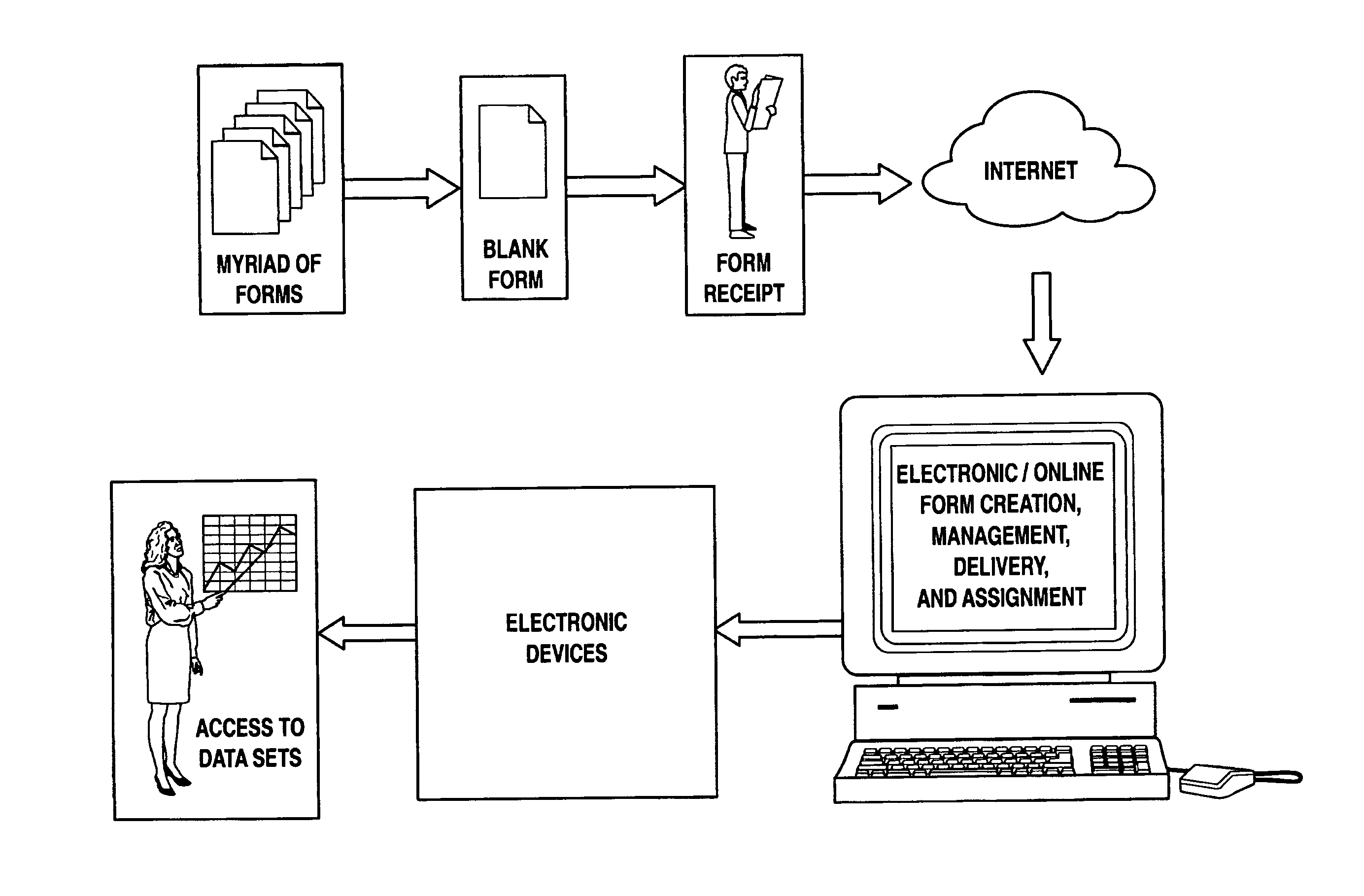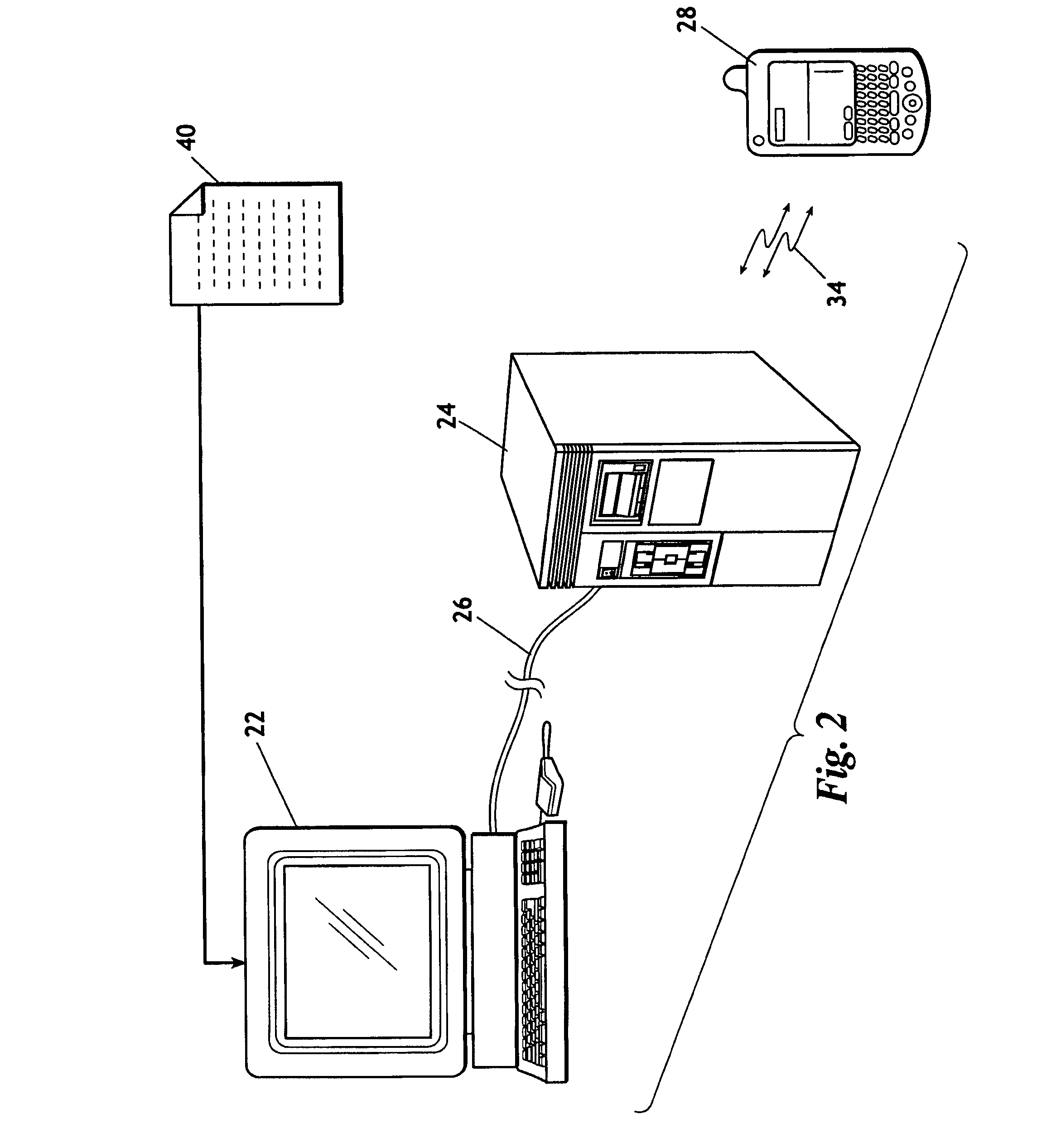System and method for data management
a data management and data technology, applied in the field of data management systems, can solve the problems of inability to meet the needs of users, inability to write applications written for one device, and inability to meet the needs of other devices, so as to reduce the bandwidth requirements of network connection
- Summary
- Abstract
- Description
- Claims
- Application Information
AI Technical Summary
Benefits of technology
Problems solved by technology
Method used
Image
Examples
Embodiment Construction
[0049]Before explaining the present invention in detail, it is important to understand that the invention is not limited in its application to the details of the construction illustrated and the steps described herein. The invention is capable of other embodiments and of being practiced or carried out in a variety of ways. It is to be understood that the phraseology and terminology employed herein is for the purpose of description and not of limitation.
[0050]Referring now to the drawings, wherein like reference numerals indicate the same parts throughout the several views, a diagram of the inventive system is shown in FIG. 1. Typically, the system for data management 10 includes: at least one server 24 preferably having an Internet connection 26; a plurality of handheld computers 28-32 operated remotely from server 24, each handheld 28-32 including a network connection 34-38, respectively, for loosely networking handhelds 28-32 to server 24; and a computer 22 connected to the Intern...
PUM
 Login to View More
Login to View More Abstract
Description
Claims
Application Information
 Login to View More
Login to View More - R&D
- Intellectual Property
- Life Sciences
- Materials
- Tech Scout
- Unparalleled Data Quality
- Higher Quality Content
- 60% Fewer Hallucinations
Browse by: Latest US Patents, China's latest patents, Technical Efficacy Thesaurus, Application Domain, Technology Topic, Popular Technical Reports.
© 2025 PatSnap. All rights reserved.Legal|Privacy policy|Modern Slavery Act Transparency Statement|Sitemap|About US| Contact US: help@patsnap.com



